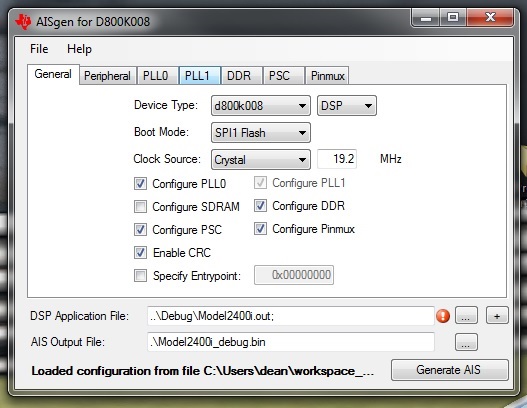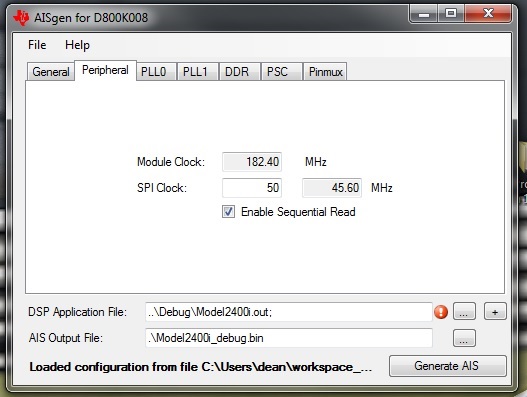We are having an issue booting after we release the reset pin from a low state while the product is powered. On our product we use a voltage detector to set the C6748's reset line low during power down and if there is a "brown out'. The unit will recover fine if the main voltage is removed from the unit and re-applied. But, if you bring the reset line low while all voltages are fine and stable, the unit will freeze during re-boot. We have a 1K ohm pull-up from the /RST pin to 3.3V. Also, we have a 4.75K ohm pull-down from the /TRST pin to ground. I have varied the length of the reset pulse from milliseconds to 10+ seconds with the unit not booting. Any thoughts?
-
Ask a related question
What is a related question?A related question is a question created from another question. When the related question is created, it will be automatically linked to the original question.



